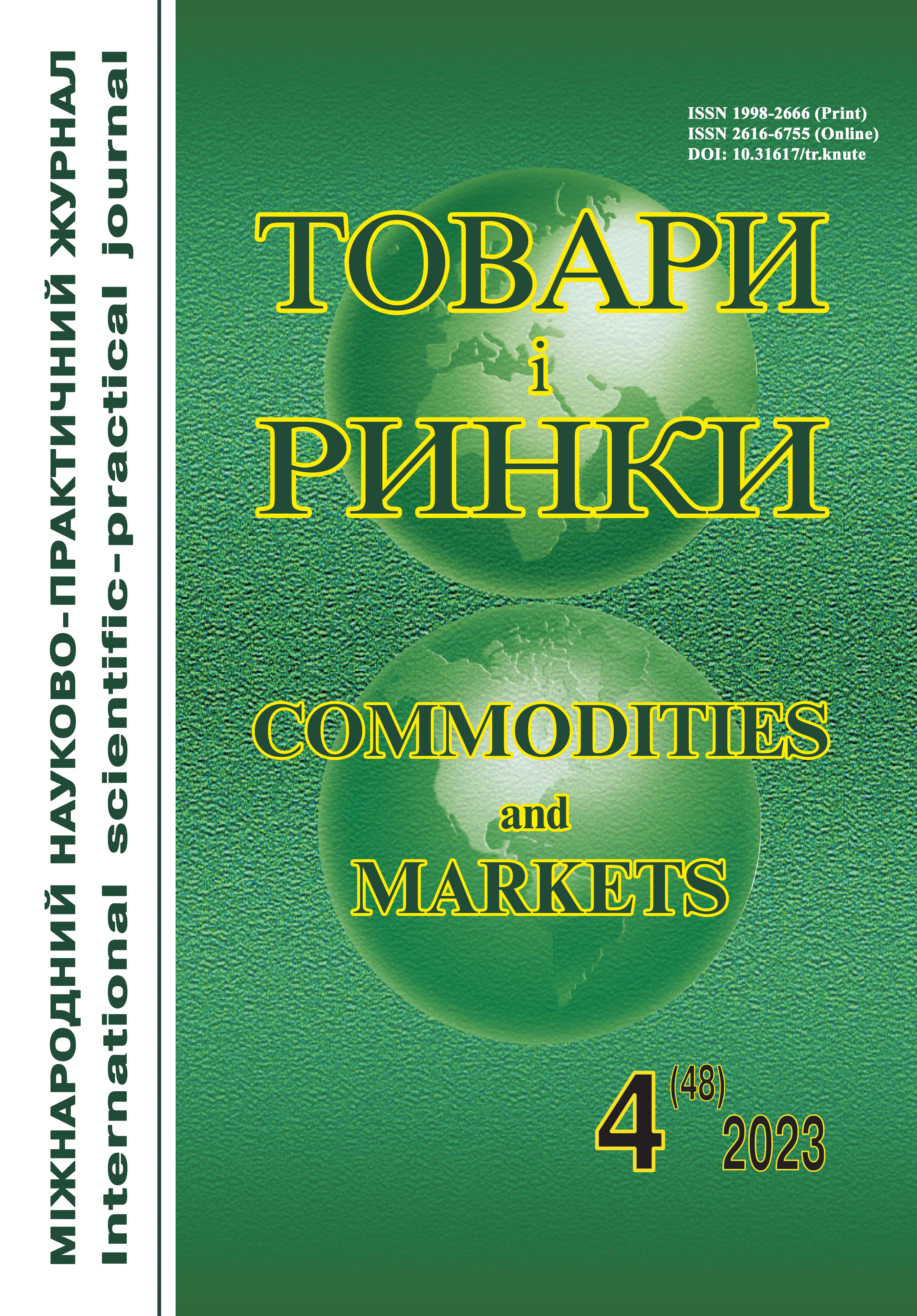Quality evaluation of rye-wheat bread with germinated flax seeds
DOI:
https://doi.org/10.31617/2.2023(48)07Keywords:
flour, wheat flour, flax, dough, bread, improved technology, germinated grain, biological value, nutritional value, micro-biological evaluation.Abstract
There is a noticeable deficiency of basic nutrients in the populationʼs diet, which causes alimentary diseases. Bread with an improved nutritional composition is a socially significant product, and scientific confirmation of this can become a real tool for replenishing nutrients that people lack. Therefore, by increasing the nutritional value of bakery products, it is possible to solve the problem of nutritional quality of broad segments of the population and purposefully impact on their health. The aim of the study is to scientifically confirm the improvement of the quality of rye-wheat bread "Zdravytsia" due to the addition of germinated flax seeds (GFS). It has been established that the use of germinated flax seeds contributes to an increase in the number of tocopherols, which, in turn, inhibit the growth of microorganisms in bread. Rye-wheat bread "Zdravytsia" has a more valuable chemical composition than the control sample, the content of all micro- and macronutrients increases. Thus, the content of Calcium increases by 2 times, Selenium – by 2.4 times, vitamins of B group – by 1.5 times, and vitamins E and C from almost zero content increase to 57.93 and 2.4 mg/100 g, respectively. Bread "Zdravytsia" with GFS can be recommended for correcting food rations of different age groups of consumers.
References
Olombrada, E., Mesias, M., & Morales, F. J. (2023). Risk/Benefits of the Use of Chia, Quinoa, Sesame and Flax Seeds in Bakery Products. An Update Review. Food Reviews International, 1-22. https://doi.org/10.1080/87559129.2023.2209794
Stadnyk, I., Piddubnyi, V., Chahaida, A., Fedoriv, V., Hushtan, T., Kraievska, S., Kahanets-Havrylo, L., & Okypnyi, I. (2023). Energy saving thermal systems on the mobile platform of the mini bakery. Strojnícky časopis "Journal of Mechanical Engineering", 73(1), 170-186. SjF STU. https://doi.org/10.2478/scjme-2023-0014
United Nations. United Nations World Food Programme (WFP). (2020). https://sdgs.un.org/un-system-sdg-implementation/united-nations-world-food-programme-wfp-24514
Valevs'ka, L. O., Sokolovs'ka, A. O., & Shuljans'ka, O. G. (2020). Biological value of grain superfoods. Scientific notes of V. I. Vernadskyi TNU. Series: technical sciences, 31(70), 1, Part 2, 116-120. https://doi.org/10.32838/2663-5941/2020.1-2/21
Permissible levels of radionuclides Cs-137 and Sr-90 in food products and drinking water (HS 6.6.1-130-2006 dated 03.05.2006 № 256).
Drobot, V. I., & Izhevskaya, O. P. (2017). The use of flax flour to impart health properties to bread. Grain storage and processing, 1(209), 47-49.
Drobot, V. I., Arsen'jeva, L. Ju., & Bilyk, O. A. (2006). Laboratory workshop on the technology of bakery and pasta production. Center for educational literature.
Krajevska, S., & Piddubnyj, V. (2023). Technology of craft rye-wheat bread with germinated flax seeds. International scientific and practical journal "Commodities and Markets", 45(1), 100-112. https://doi.org/10.31617/2.2023(45)09
Lysjuk, G., Fomina, I., & Shydakova-Kamenjuka, O. (2008). Increase protein content and reduce carbohydrates by adding sunflower kernels to bakery products. Bakery and confectionery industry of Ukraine, (6), 40-41.
Methodological recommendations for identification and detection of aflatoxin content in food products (МR №2273-80).
Stadnyk, I. Ja., Piddubnyj, V. A., Hareba, O. V., & Krajevs'ka, S. P. (2022). Progressive methods and means of processing plant raw materials. NAAS of Ukraine. Lysenko M. M.
Rye bread and bread from a mixture of rye and wheat flour. General specifications (SSU 4583:2006).
Wheat flour bread. General specifications (SSU 7517:2014).




